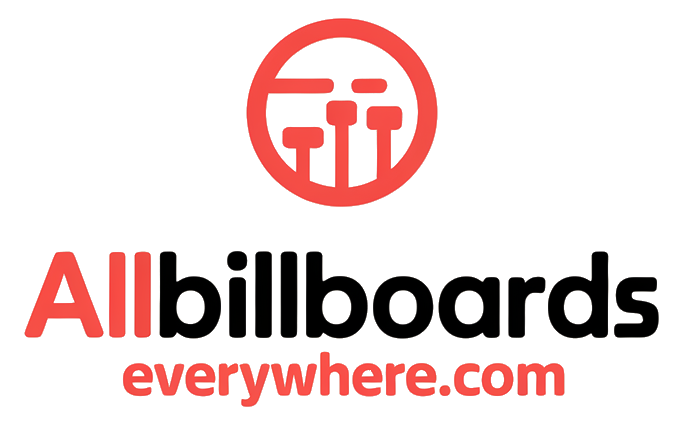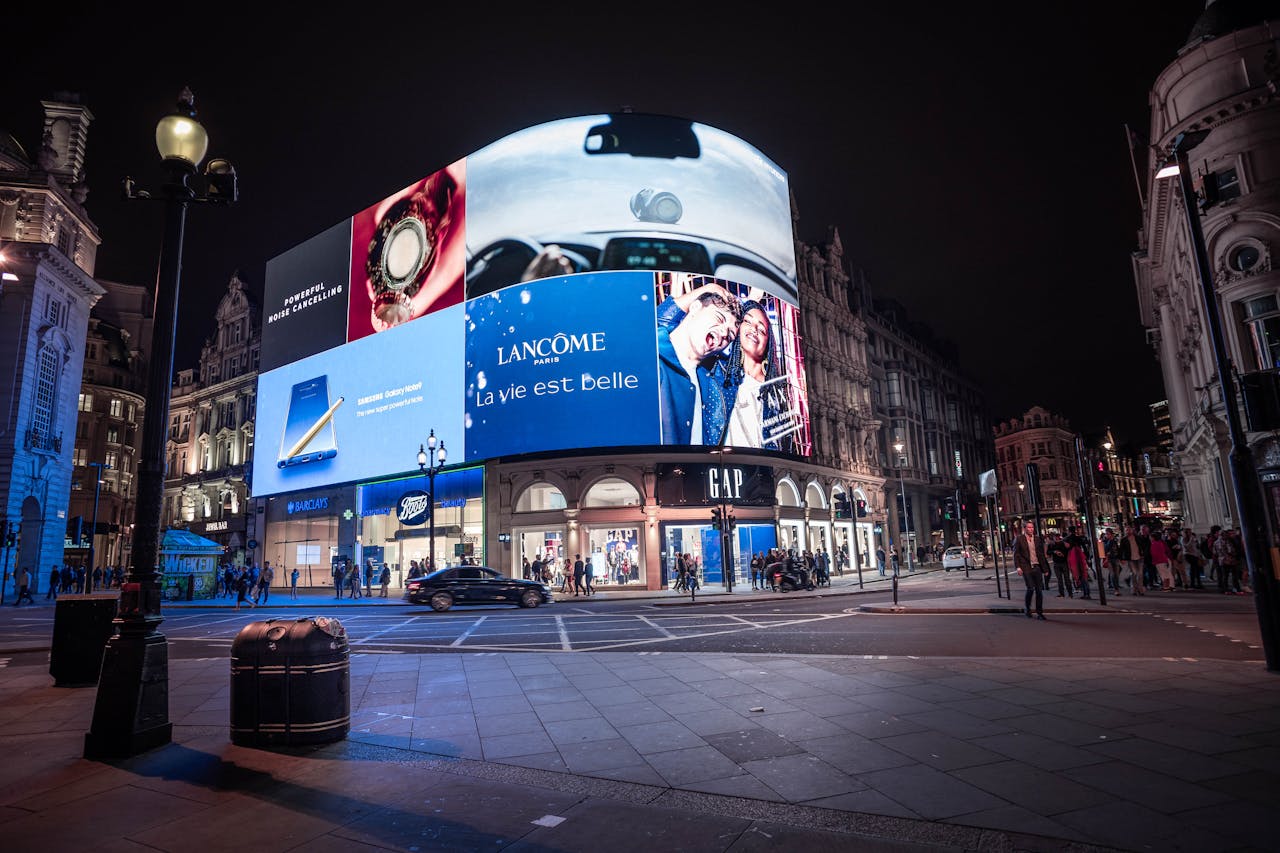Billboards have come a long way since their early days as static paper posters pasted along busy roadsides. Today, they don’t just catch our attention—they interact with us. In the era of rapid technological innovation, one of the most exciting evolutions in outdoor advertising is the rise of interactive billboards. These cutting-edge displays are transforming how brands connect with people in public spaces, turning passive viewers into active participants.
By blending digital creativity with real-world experience, interactive billboards are helping brands stand out in an increasingly noisy world. But this shift is about more than just flashy technology—it’s about storytelling, engagement, and delivering unforgettable moments.
Let’s take a closer look at how interactive billboards are engaging audiences and why they represent the next frontier in outdoor advertising.
What Are Interactive Billboards?
Unlike traditional billboards, which deliver one-way messages, interactive billboards are designed to respond to or involve the audience in some way. They use technology such as motion sensors, touchscreens, facial recognition, augmented reality (AR), QR codes, or mobile integration to engage people in real time.
The result? Ads that people don’t just see—they experience.
Whether it’s a digital billboard that reacts to someone walking past, or one that lets people play a game using their smartphones, interactive billboards invite people to engage with a brand in a way that’s personal, fun, and often share-worthy.
Why Are Brands Investing in Interactive Billboards?
In a world where we’re constantly bombarded with marketing messages—many of which are ignored or blocked—getting genuine attention is a big win. Interactive billboards do more than grab attention; they hold it. Here’s why bold brands are leaning in:
- Deeper Engagement
Interactive ads foster a more memorable connection. When someone actively participates in an ad experience—whether by playing, scanning, or responding—they’re far more likely to remember the brand and its message. - Social Sharing Power
Many interactive billboards are built with “Instagram moments” in mind. They create experiences that people want to photograph, film, and share. This extends the reach of the billboard far beyond its physical location. - Data and Insights
Interactive billboards can also provide valuable feedback. For example, they can track engagement time, measure participation rates, or gather input via mobile. This data helps marketers fine-tune campaigns and understand audience behavior in the real world. - Fun Factor
Let’s face it—most advertising feels like a chore. Interactive billboards flip the script by offering something entertaining, surprising, or even delightful. That emotional impact leaves a lasting impression.
Creative Examples of Interactive Billboards in Action
Some of the most memorable ad campaigns in recent years have leveraged interactive billboards. Here are a few standout examples:
- Pepsi Max’s “Unbelievable” AR Bus Shelter
In London, Pepsi turned an ordinary bus stop into an augmented reality experience. Using hidden screens and cameras, it made it appear as though alien invasions, giant robots, and tigers were charging down the street. The reactions were priceless, and the campaign racked up millions of views online—making it a viral success. - British Airways’ “Look Up” Billboard
This clever campaign featured a child on a digital billboard pointing up every time a British Airways plane flew overhead. The billboard pulled real-time flight data to display the flight number and destination. It was simple, magical, and technically impressive—showing how data integration can turn a billboard into a live event. - Reebok’s Speed Challenge Billboard
In Stockholm, Reebok set up a billboard with a built-in speed camera. If passersby could run past it faster than 17 km/h, they’d unlock a free pair of shoes from a vending machine built into the billboard. The result? People literally running in the streets to interact with an ad. It was part fitness challenge, part giveaway, and 100% engaging.
How the Technology Works
Interactive billboards combine hardware and software to create real-time experiences. Depending on the campaign goals, the tech might include:
- Motion sensors to detect movement and trigger responses
- Touchscreens that allow users to navigate options or play games
- Cameras and AI to enable facial recognition or gesture-based controls
- Mobile integration, such as syncing with apps or scanning QR codes
- AR and VR elements that blend the digital and physical worlds
The possibilities are expanding rapidly, and the technology is becoming more accessible—even for mid-sized brands with smaller budgets.
The Benefits Go Beyond Branding
While interactive billboards are great for brand awareness and engagement, they also have practical applications. For example:
- Public Health Campaigns can use interactive elements to share vital info in engaging ways.
- Wayfinding or Tourism Boards can incorporate maps or digital touchpoints that help people explore a city.
- Events and Product Launches can use billboards to build buzz or provide real-time updates.
This versatility makes interactive billboards a powerful tool—not just for selling, but for storytelling, informing, and connecting.
Challenges to Consider
Of course, no medium is perfect. Interactive billboards come with a few hurdles:
- Cost: The tech involved can be expensive to develop and maintain.
- Complexity: These campaigns often require coordination between creative teams, engineers, and media owners.
- Environmental Factors: Weather, lighting, and foot traffic can all impact how well an interactive billboard performs.
That said, as technology becomes more affordable and widespread, many of these challenges are becoming easier to overcome.
What’s Next for Interactive Billboards?
Looking ahead, the future of interactive outdoor advertising is bright—and even more immersive. We’re already seeing experiments with:
- Voice-activated billboards
- AI-generated content based on crowd data
- Personalized messaging using anonymous demographic analysis
- Integration with wearable tech like smartwatches or AR glasses
As cities become smarter and 5G networks expand, the connectivity that fuels interactive experiences will only grow stronger.
Final Thoughts: From Viewers to Participants
At a time when attention is currency, brands need to do more than show up—they need to stand out and invite people in. Interactive billboards do just that. They blur the line between advertising and experience, between message and moment.
By combining the scale of outdoor media with the engagement of digital interaction, these billboards don’t just talk at consumers—they talk with them. For brands willing to think creatively and embrace technology, interactive billboards offer something powerful: the ability to turn everyday spaces into unforgettable stories.
And that’s not just the future of outdoor advertising—it’s the present.


